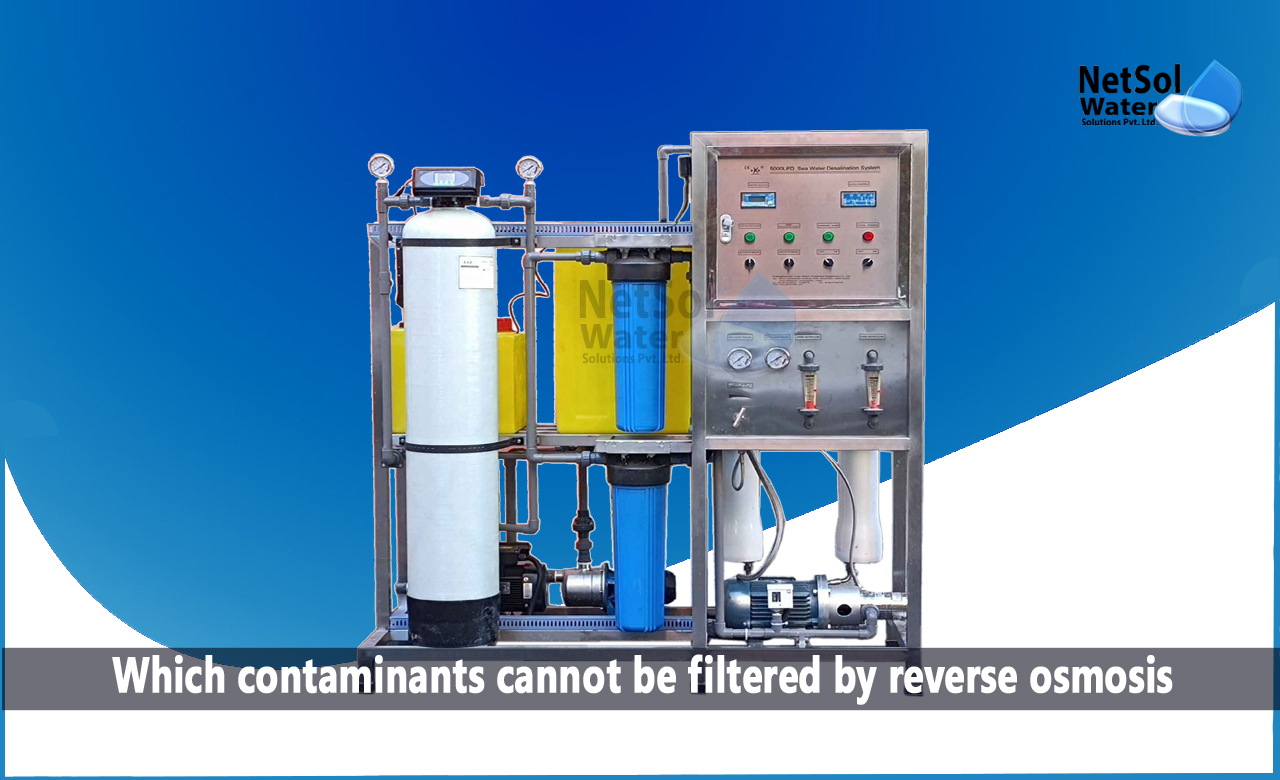Which contaminants cannot be filtered by reverse osmosis?
Water is a precious resource that we depend on for survival. However, with increasing industrialization, urbanization, and population growth, the quality of our water sources is declining. This has led to a rise in demand for water treatment technologies that can provide clean and safe drinking water. Reverse osmosis (RO) is one such technology that has gained popularity in recent years.
RO uses a semi-permeable membrane to filter out impurities, such as dissolved solids, organic matter, and microorganisms, from water. The result is safe, clean, and drinkable water, making RO a popular choice in various industries, including residential, commercial, and industrial. However, while RO is effective at removing a wide range of contaminants, there are still certain substances that cannot be filtered by reverse osmosis.
Understanding what cannot be filtered by reverse osmosis is crucial when selecting a water treatment system and ensuring that it meets the specific requirements for the application.
In this blog, we will explore the contaminants that cannot be filtered by reverse osmosis, and the implications of these limitations,
- Dissolved Gases: Reverse osmosis is not effective at removing dissolved gases from water. These gases include oxygen, nitrogen, and carbon dioxide, which can cause taste and odour problems in the water. While RO membranes can remove some gases, such as hydrogen sulfide, they cannot remove dissolved gases completely.
- Organic Molecules: Reverse osmosis membranes cannot effectively remove all organic molecules from water. These molecules can include pesticides, herbicides, and some industrial solvents. Organic molecules can be small enough to pass through the membrane pores or can adhere to the membrane surface and reduce its effectiveness.
- Microorganisms: Reverse osmosis membranes are not designed to remove microorganisms from water. While they can remove some bacteria and viruses, the pore size of RO membranes is not small enough to block all microorganisms. Therefore, RO systems usually have additional stages, such as UV disinfection or chlorination, to eliminate microorganisms.
- Minerals: Reverse osmosis can remove minerals from water, including calcium, magnesium, and potassium. However, it is important to note that these minerals are essential for human health, and removing them from water can lead to deficiencies. Therefore, many RO systems include a mineralization stage to add back essential minerals.
- Silica and Boron: Reverse osmosis is effective at removing total dissolved solids (TDS) from water, but it cannot remove all TDS. Some dissolved minerals, such as silica and boron, have smaller molecular sizes and can pass through RO membranes.
Conclusion
In conclusion, reverse osmosis is an effective water treatment technology that can remove a wide range of contaminants from water. However, it is important to note that RO membranes cannot filter everything, and there are still certain substances that cannot be removed by reverse osmosis. These substances include dissolved gases, organic molecules, microorganisms, some minerals, and certain TDS.
It is crucial to understand these limitations when selecting a water treatment system and determining the level of treatment required for the application. For example, if the water source contains high levels of dissolved gases, it may be necessary to incorporate additional treatment processes to remove them. Similarly, if the water source contains essential minerals that should not be removed, a mineralization stage should be added to the treatment process.
Contact us on +91-9650608473 or send an email to enquiry@netsolwater.com to find out more.



